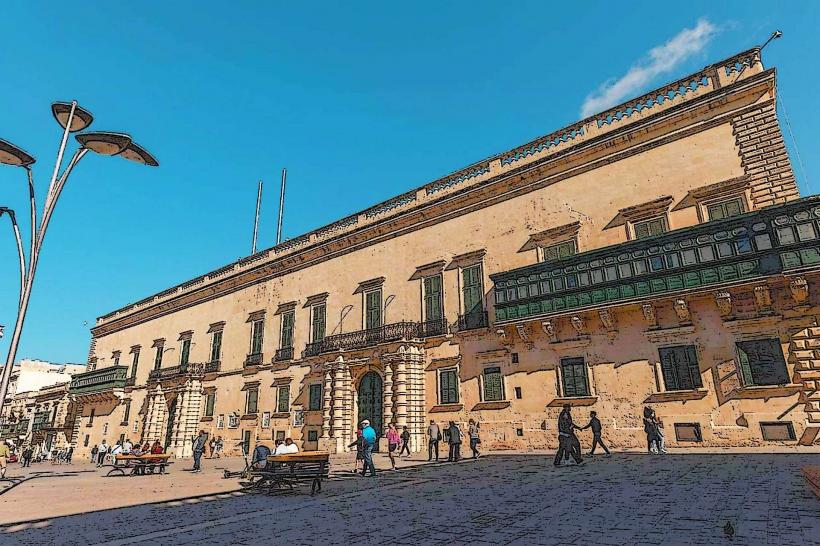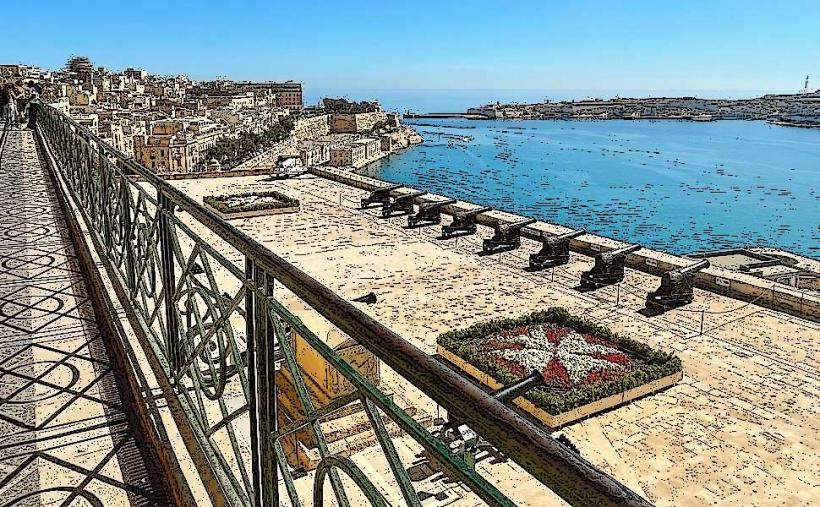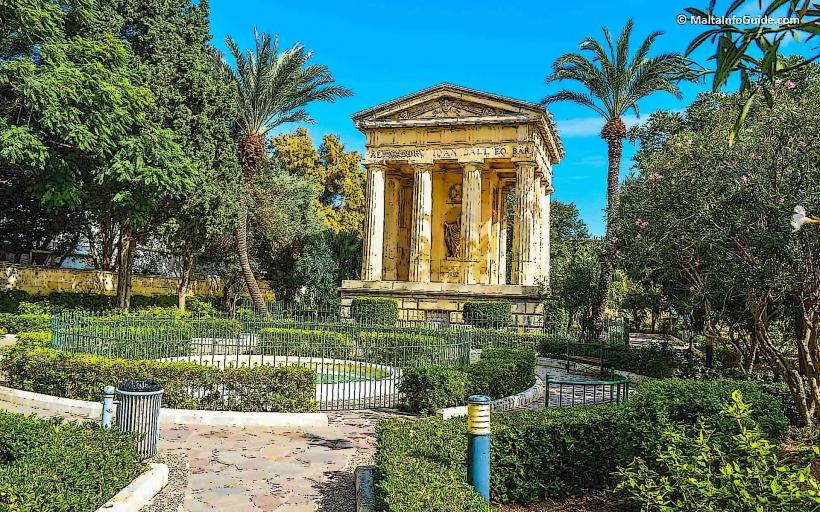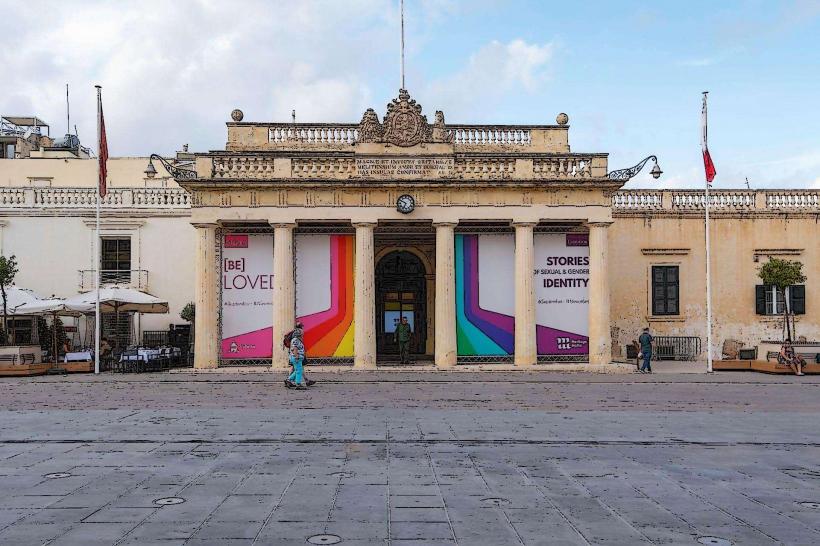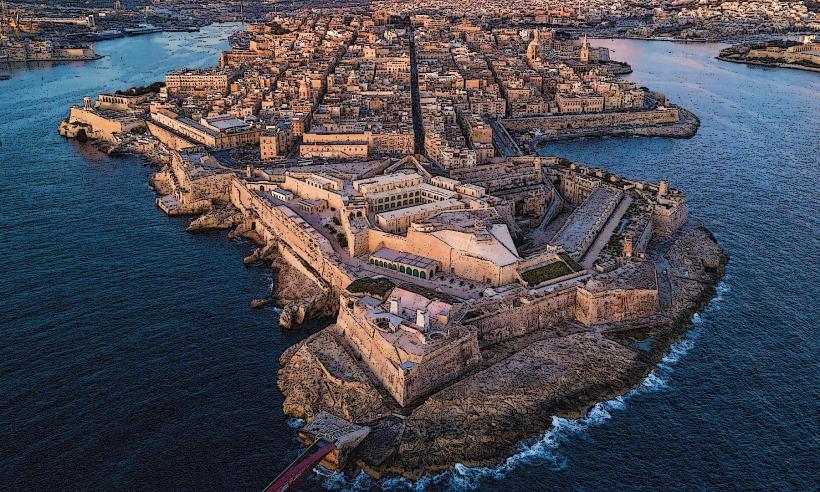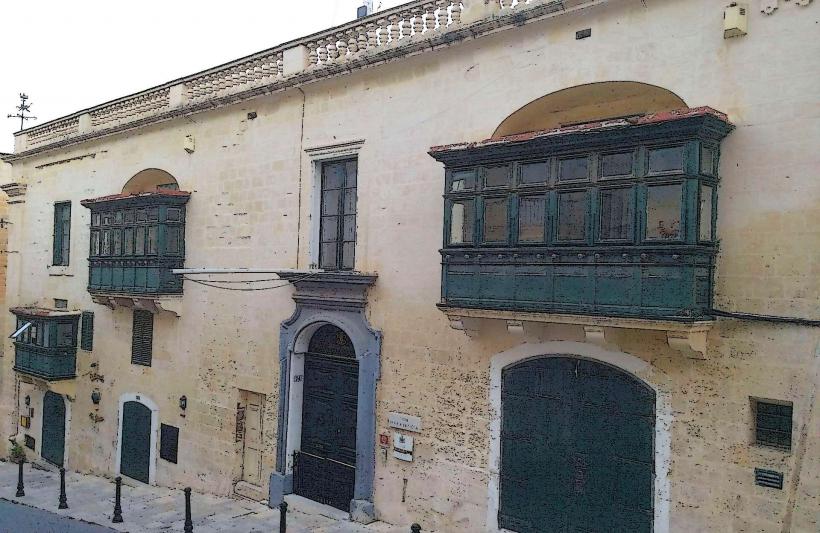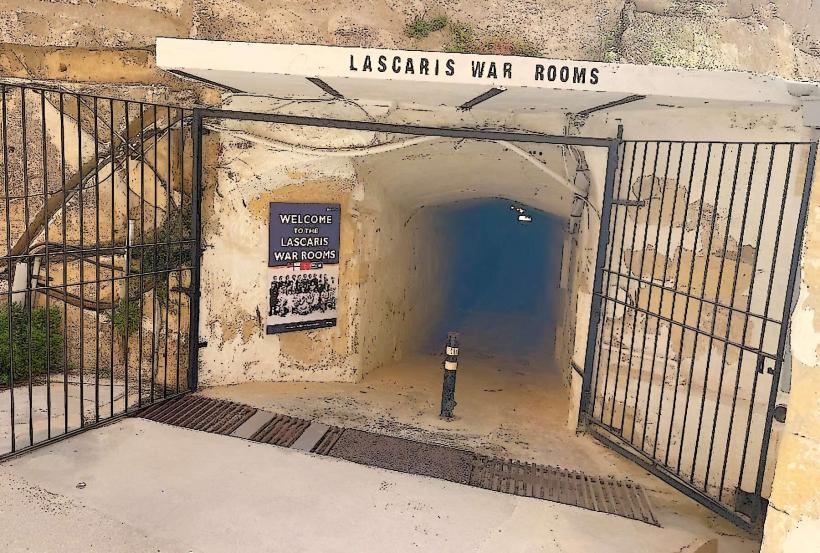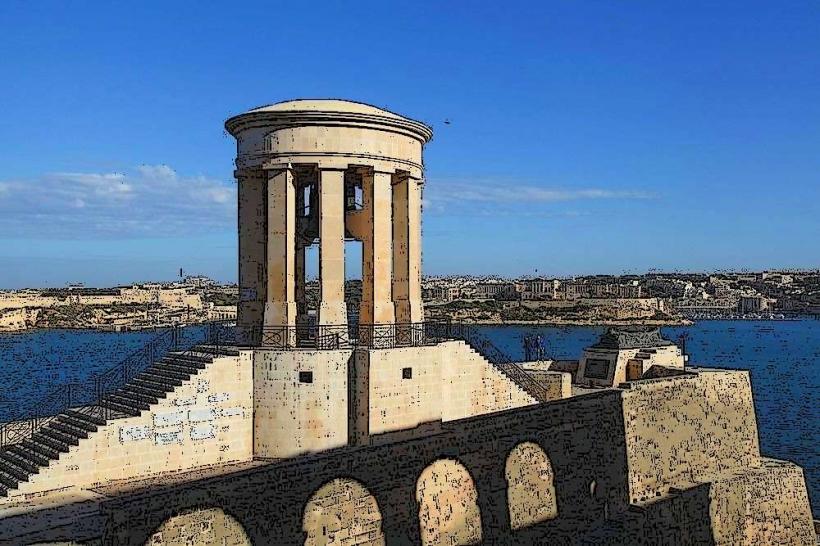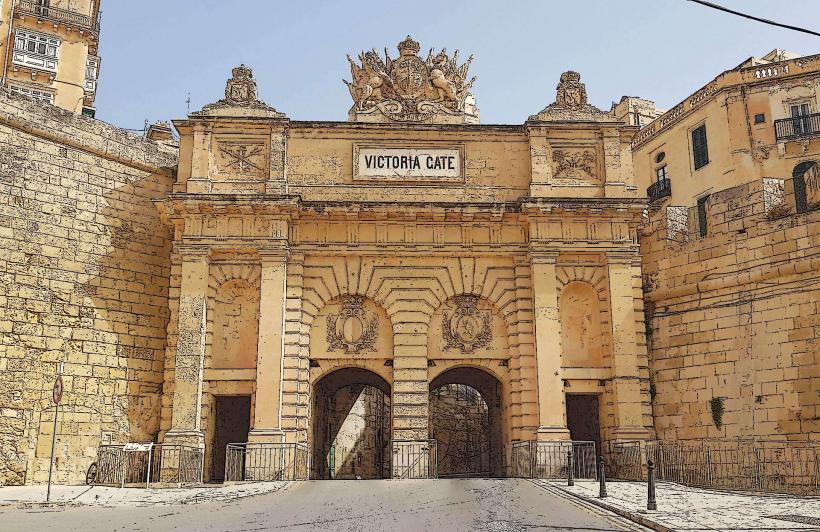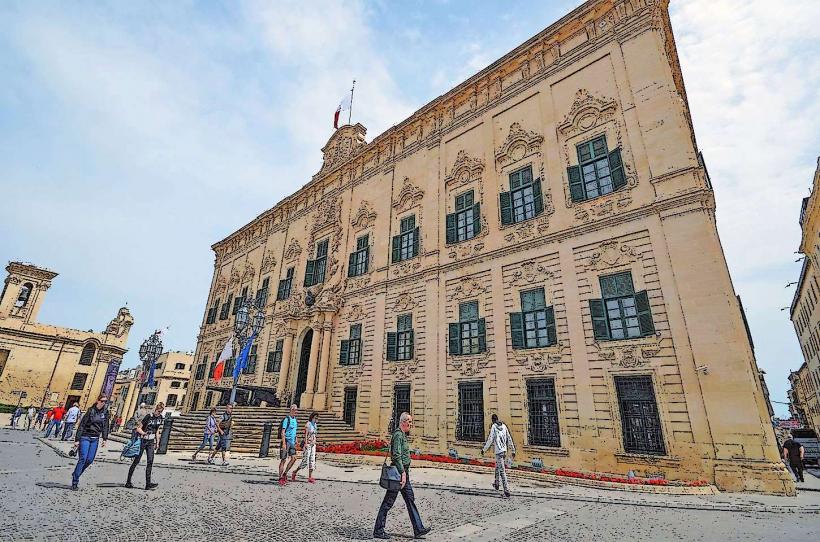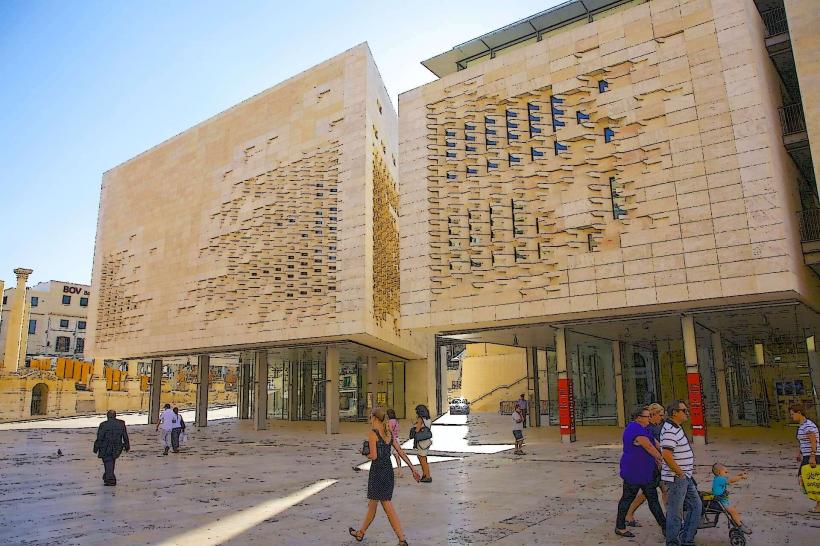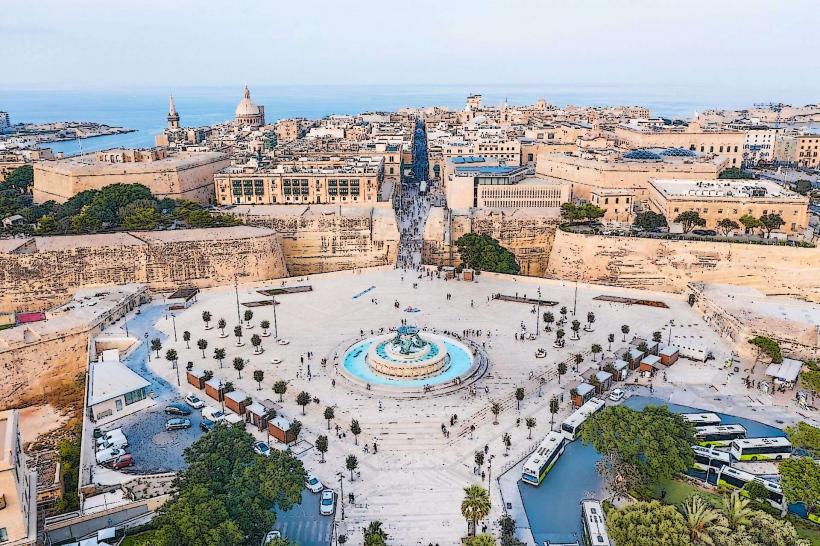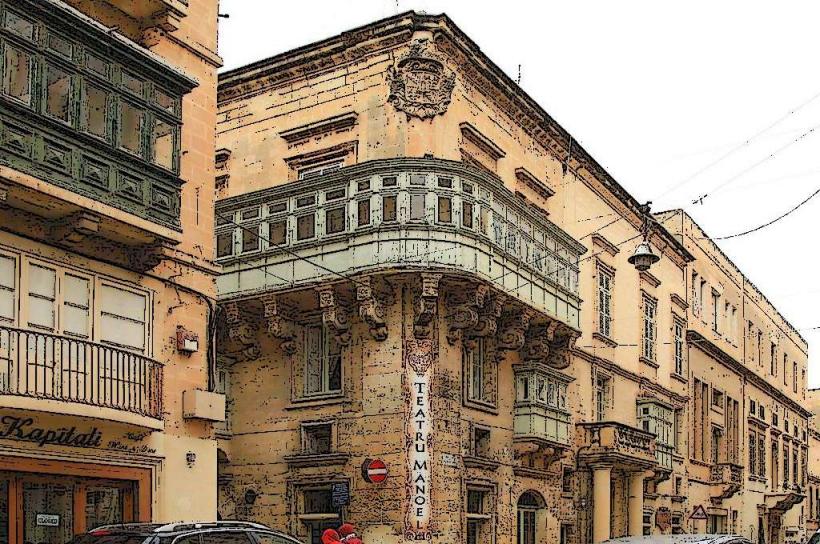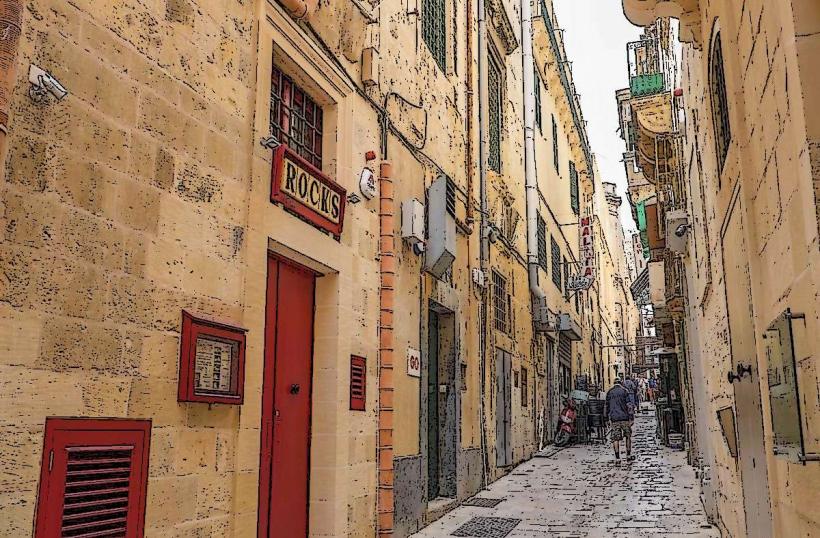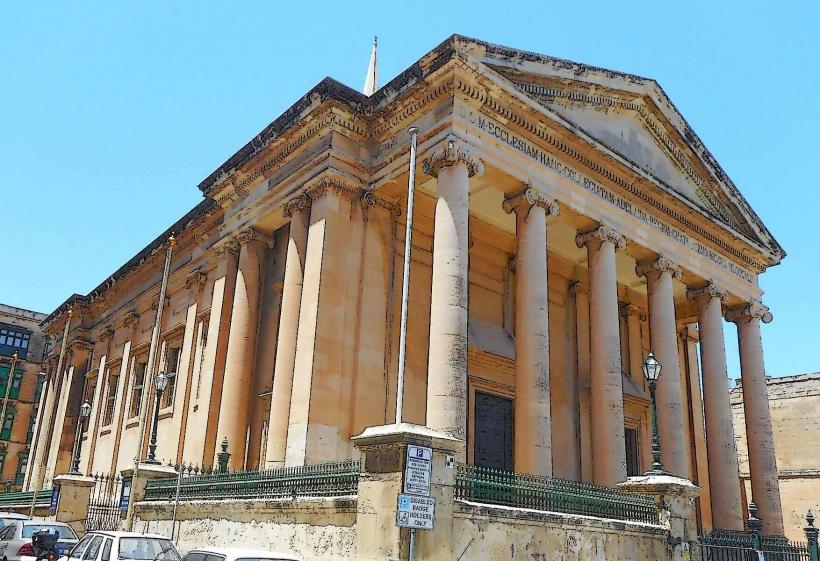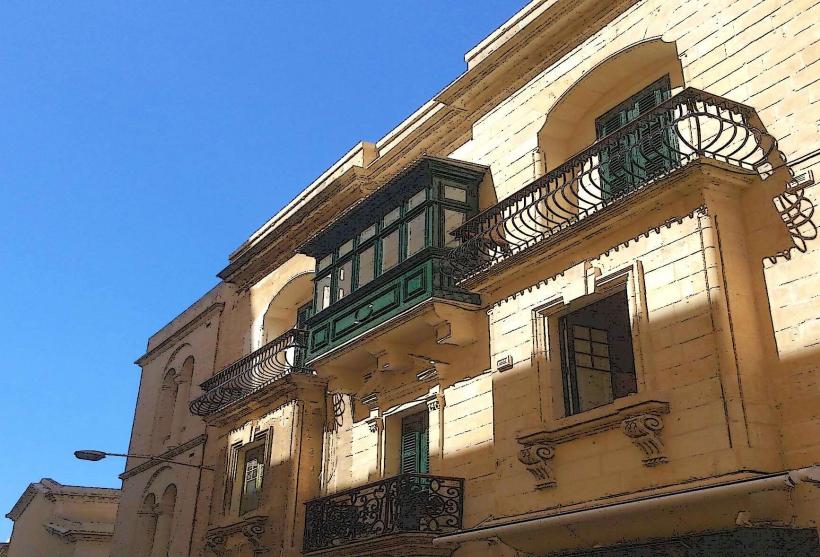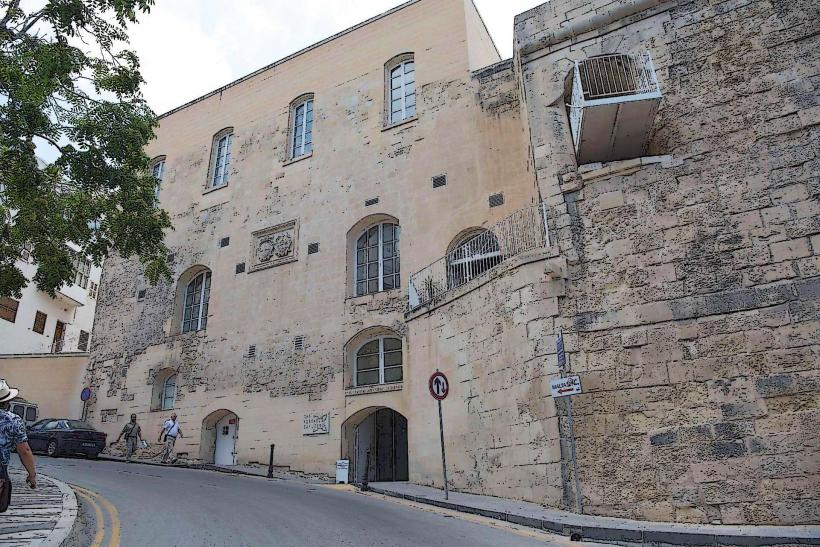Information
Landmark: Auberge d'ItalieCity: Valletta
Country: Malta
Continent: Europe
The Auberge d'Italie is another important historical building located in Valletta, Malta, and it holds significant cultural and architectural value. Like other Auberges in Valletta, it was originally built to accommodate the knights of the Order of St. John from a specific linguistic group. In this case, it was the residence of the knights from the Italian region, hence the name Auberge d'Italie.
History and Significance
The Knights of St. John: The Auberge d'Italie was constructed in 1574, and like the other Auberges in Valletta, it was built to house the knights of the Order of St. John. The Italian knights, known as the Langue of Italy, were one of the seven linguistic groups of the Order, each representing a different region of Europe. The Auberge served as their residence and a place for meetings and ceremonies.
Architectural Role: The building was designed not only as a residence for the knights but also as a gathering place and administrative headquarters for their affairs. The Italian knights played a vital role in Malta, especially in the defense of the island during the Great Siege of 1565, and their Auberge was a focal point for their activities.
Post-Knights Era: After the departure of the Knights of St. John in 1798, the Auberge d'Italie went through various transformations, reflecting Malta’s changing political landscape. It was used by the British colonial government and later became part of the public heritage of Malta. It has been preserved as a historical building and is currently part of the National Museum of Archaeology.
Architectural Features
Baroque Design: Like many of the other Auberges in Valletta, the Auberge d'Italie is an example of Baroque architecture, with its grand, symmetrical facades, large arched windows, and intricate stonework. The building is designed to convey both strength and elegance, appropriate for the military knights who resided there.
Facade and Entrance: The Auberge features an ornate stone facade with decorative elements typical of the Baroque style, such as sculpted cornices and columns. The entrance is imposing, with a large archway that leads into the building's main hall.
Interior Layout: The building's interior was designed to accommodate both the living quarters of the knights and their administrative and social functions. While much of the original furnishings and decor are no longer present, the structure still maintains much of its grandeur, especially in its main hall and staircase.
Current Use
National Museum of Archaeology: Today, the Auberge d'Italie houses the National Museum of Archaeology, one of the most important museums in Malta. The museum’s collection focuses on the prehistoric and ancient history of the island, with a particular emphasis on the Temple period, the Phoenician and Roman eras, and other archaeological finds that showcase Malta’s long and varied past.
Artifacts on Display: The museum's exhibits include prehistoric statues like the famous Sleeping Lady from the Ħal Saflieni Hypogeum, as well as pottery, tools, and artifacts from Malta's early civilizations. The Auberge provides a fitting backdrop to these displays, combining Malta's historical depth with its architectural heritage.
Notable Historical Events
Knights' Time: During the time of the Knights of St. John, the Auberge d'Italie was a center of activity for the Italian knights. They played an important role in the governance of the island and the defense of Malta, especially during the Great Siege.
Post-Order Period: After the departure of the Knights, the Auberge was used for various purposes under the French and British, eventually becoming a museum after Malta gained independence. This transition reflects the broader historical shifts in Malta from the medieval knightly period to the modern republic.
Visitor Experience
Museum Visit: Today, visitors to the National Museum of Archaeology housed in the Auberge d'Italie can explore Malta's ancient history through its impressive collections. The museum provides in-depth insight into the island’s prehistoric roots, including a detailed exploration of Malta’s early temple culture.
Architectural Appeal: While visiting the museum, visitors also get to appreciate the Baroque architecture of the building, especially its historical details and its transformation from a knightly residence to a public museum.
Cultural Context: The museum offers not only a collection of archaeological artifacts but also a chance to see the Auberge d'Italie in its broader historical and cultural context. It stands as a reminder of the island’s medieval and colonial history, alongside its rich prehistoric heritage.
Nearby Attractions
St. John's Co-Cathedral: A short walk from the Auberge, this is one of Malta’s most famous landmarks, known for its Baroque interior, including works by Caravaggio.
Upper Barracca Gardens: These gardens offer stunning panoramic views of Grand Harbour and are located nearby, making for a peaceful spot to relax after visiting the Auberge.
Palace of the Grand Master: Another important building nearby, it was once the residence of the Grand Master of the Knights of St. John and now houses Malta’s parliament.
Victoria Gate: This historic gate is a short distance from the Auberge, providing access to Valletta from the Floriana area.
Why Visit Auberge d'Italie?
Historical and Cultural Importance: The Auberge is an important part of Malta’s history, having been a residence for the knights, a government building, and now a museum showcasing Malta’s ancient heritage.
Architectural Beauty: The building itself is a fine example of Baroque architecture, making it a must-see for architecture enthusiasts. Its design reflects the grandeur and power of the knights who once lived there.
Museum Exhibits: The National Museum of Archaeology is housed in the Auberge d'Italie, offering an enriching experience for those interested in learning more about Malta’s prehistoric civilizations and ancient history.
Strategic Location: Located in the heart of Valletta, the Auberge is within walking distance of other significant landmarks, making it an ideal stop on any tour of the city.
Photogenic Landmark: The building’s stunning architecture and its position in Valletta make it a perfect subject for photography.
The Auberge d'Italie is a key historical and architectural gem in Valletta, offering both a deep dive into Malta's ancient past and a window into the baroque style of its time.


